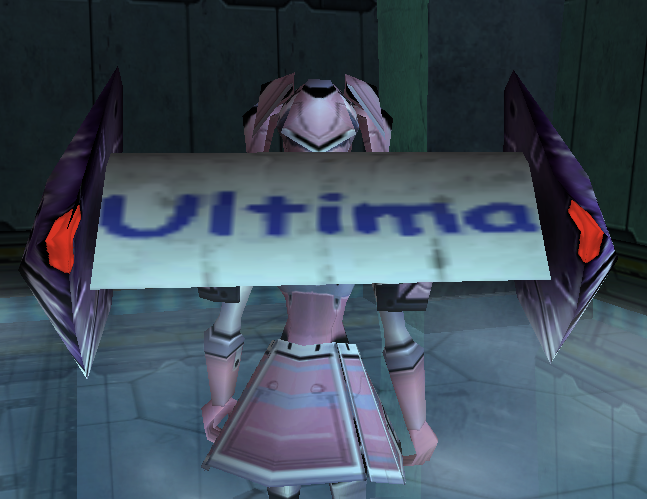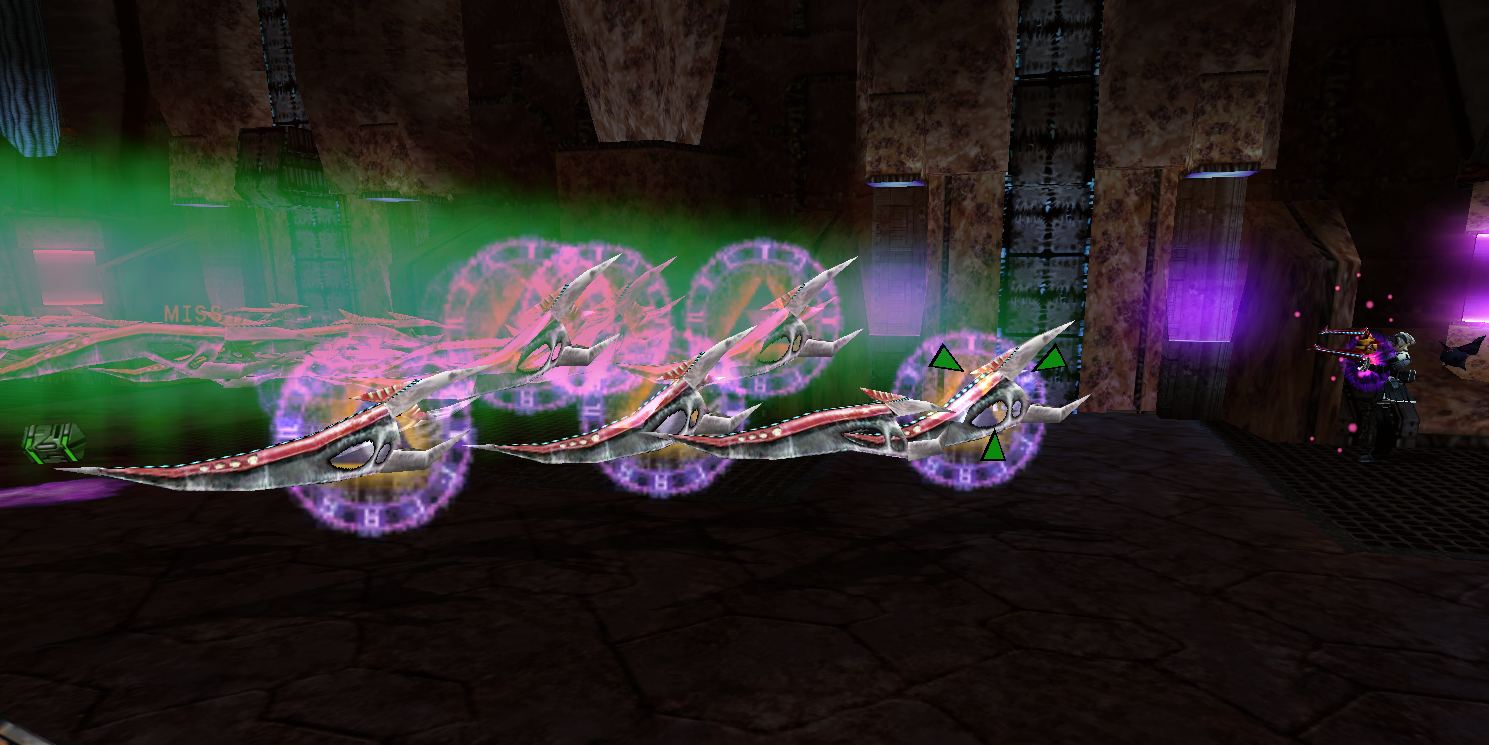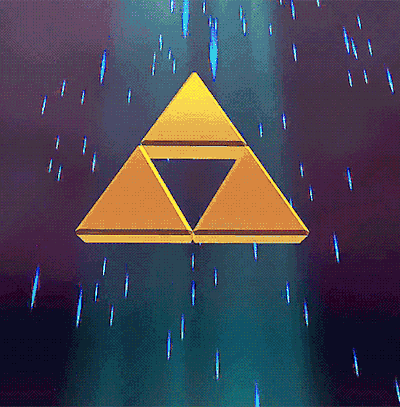-
Our picks
-
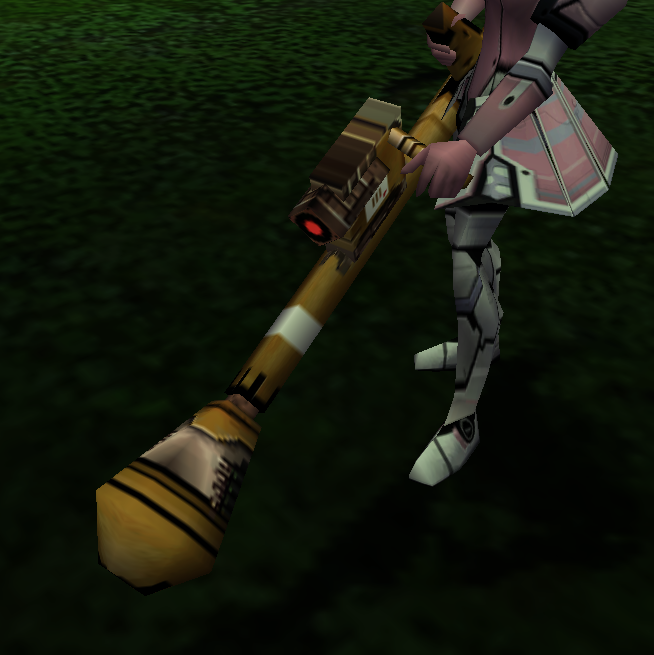
Anniversary Event 2025
R-78 posted a topic in Events,
17th Anniversary Event
~~~~~~~~~~~~~~~~~~~~~~~~~~
Seventeen years online… what a journey.
My oldest son is 19 now — literally an entire lifetime for many people — and this server has been here through it all. We’ve left our mark on so many players over the years. Some came, played, and moved on; others stayed and became part of our family and community.
We’ve had our share of haters, but also incredible people who supported us, helped us, and believed in what we built. It has truly been an honor to keep this world alive for so long, and I’m deeply thankful to every single one of you who logs in, helps out, and keeps Ultima part of your life.
Happy Anniversary to all of us — and here’s to many more years!
Let’s keep Ultima alive!!
Thank you, Ultima, for everything
--Larva
~~~~~~~~~~~~~~~~~~~~~~~~~~
500 DFP
500 EVP
80 All resistances
All classes
-
-
- 11 replies

Picked By
Larva, -
-
Yearly event items relocation
R-78 posted a topic in News and Announcements,
Some of the annual event items are now permanently available.
3 items were picked from each event (but Christmas) to be all year round.
Like other regular drops, they can be replaced by other event content.-
-
- 19 replies
-
-

Summer Event 2024
R-78 posted a topic in Events,
Summer event has started!
Every Summer item except Zanbacon drops exclusively on Ultimate.
Low tier Items
Centurion/Legs
+75 EVP
Gulgus-gue (E1): Greenill Skyly Purplenum Oran Yellowboze
Satellite Lizard: Viridia Bluefull Pinkal Redria Whitill
Centurion/TP
+125 TP
Pan Arms (E2): Viridia Greenill Bluefull Purplenum Yellowboze
Goran: Skyly Pinkal Redria Oran Whitill
Centurion/Technique
+5 technique levels (cannot exceed class limit)
Nano Dragon: Viridia Bluefull Pinkal Redria Yellowboze
Deldepth: Greenill Skyly Purplenum Oran Whitill
Trap Search
Makes traps visible (for non Casts)
Baranz (E1): Bluefull Pinkal Redria Oran Whitill
-
-
- 5 replies
-
-
Easter Event 2024
R-78 posted a topic in Events,
Easter Event has started
Event drops
Centurion/Luck - 60 LCK Centurion/Body - 75 DFP Centurion/HP - 125 HP Godric's Cloak - Fomar exclusive armor which boosts Gibarta Gifoie Rabarta and all stats Sue's Coat - Strong armor for female hunters which boosts the range of Shifta Deband Resta and ATP Kroe's Sweater - Strong armor for females which boosts ATA Samurai Armor - Strong armor which boosts LCK and RA techniques Soul Booster - Use this item on Excalibur to make Hundred Souls Girasole - Can be combined with Chromatic Orb to make Inferno Girasole Virus Shield: Vol Opt - Shield that boosts GI techniques and ATA
Fury of the Beast - Powerful daggers with charge special for all classes
Kiss of Death - Slicer with hell special for all classes
Water Gun - Rifle for all classes, a special can be added for 10 donation tickets
Proof of Sonic Team* Harmonic Resonance Core* Stellar Shard*
Egg Rappy drops
All difficulty Easter Eggs
Sonic Knuckle
Huge Battle Fan
Wok of Akiko's Shop
Rocket Punch
Drill Launcher
Rabbit Wand
Marina's Bag
Panther's Claw
Amore Rose
Abuelita/Battle
Chocolate
Hard/very hard/ultimate Easter Eggs
Lollipop
Parts of Egg Blaster
Very hard/ultimate Easter Eggs
Centurion/Mind
Ashura Mag Cell
Ultimate Easter Eggs
Izmaela
Game Magazine
Commander Blade
Heavenly/Technique
PB/Increase
Item Ticket
Easter combinations
*Proof of Sonic Team combinations
Spread Needle => Arrest Needle
Dark Bridge => Psycho Bridge
*Harmonic Resonance Core combinations
Samba Maracas => Samba's Fiesta
Egg Blaster => Egg Blaster MK2
Tension Blaster => Morolian Blaster
*Stellar Shard combinations
Twinkle Star => Quasar Staff
Guilty Light => Outlaw Star
Mille Marteaux => Mille Faucilles
Brightness Circle => Neutron Skin
XP x5 enabled for event duration
Green Name will turn on in April
Event ends on April 21st of 2024-
-
- 12 replies

Picked By
Larva, -
-
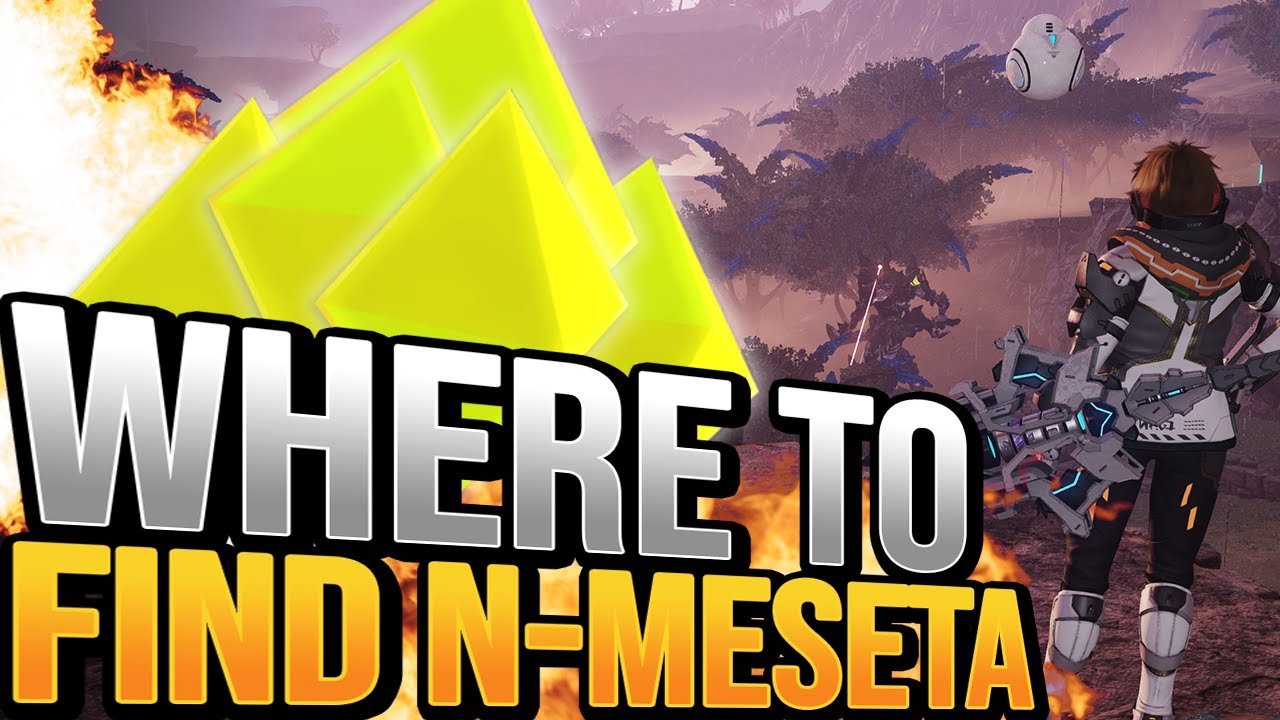
Meseta major update / The Value of Money II
R-78 posted a topic in News and Announcements,
A couple changes have been applied so that players can acquire meseta more easily by their own means.
STARTING MESETA
New characters now start with 15,000 meseta in their inventory (instead of 300)
New accounts now start with 50,000 meseta in the shared bank (instead of 0).
BANK CAPACITY
The limit of Meseta you can store in every bank was increased from 999,999 to 9,999,999.
Inventory limit remains unchanged.
MESETA DROPS
All meseta drops values have been increased.
This applies to every episode (I, II and IV).
Their frequency is the same (which means meseta won't drop more often).
Boxes
Normal: +250 to +500
Hard: +500 to +1000
V.hard: +750 to +1500
Ultimate: +1000 to +2000
Enemies
Normal: +300 to +600
Hard: +600 to +1200
V.hard: +900 to +1800
Ultimate: +1200 to +2400
Bosses
Normal: +2000
Hard: +4000
V.hard: +6000
Ultimate: +8000
Example:
Viridia Bartles used to drop between 90 and 110 meseta.
They will now drop between 1290 and 2510 meseta.
QUEST: THE VALUE OF MONEY 2
A new quest where everyone can farm meseta is available.
It is located in Episode 1 > One Person > Special Meseta > The Value of Money 2
After you helped a couple by telling Gizel to stop wasting their money for weapons in The Value of Money, the latter would like to thank you for the savings you had them achieve.
Quest reward is the same for all difficulties: 150,000 meseta.-
-
- 35 replies
-
-
-
Who's Online 3 Members, 0 Anonymous, 239 Guests (See full list)
-
Who Was Online
58 Users were Online in the Last 24 Hours
- Aceboltz
- adamsheartsYou
- Alucardvampira
- assface
- Baxter kodi
- Bluewolfen
- CapT kIDD
- Champione
- chuckley
- Colen
- cososo
- Damothedevil
- DesO
- DiamondDust
- Dyaburst
- Enchitoz
- Ender
- Faminepulse
- Flerbert
- GGrey
- GoodFriend
- grazie
- Hawk
- Heather Prime
- hidden
- johcolton
- killswitch
- Kooky
- Kotta
- Laz
- Light
- MadOrNah
- Malcoren
- Mana
- mastafoot
- Nils
- nnorton44
- nobless
- Notawakejake
- onyxdude
- R-78
- rashan0121
- Renral Yarnead
- RigeL7
- Rivaul
- Robotron123
- sairangetsu
- SanicTeam
- Sergio2kx
- Sheva
- SinowNeo617
- Sylph777
- vash1717
- vital542
- Wangtang
- X3RO89
- xcobx
- Zoomcat7

